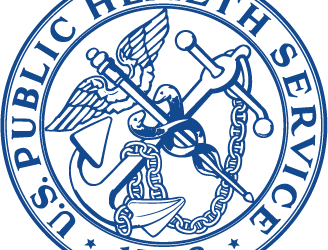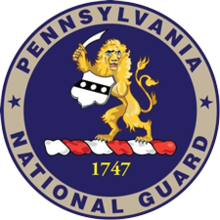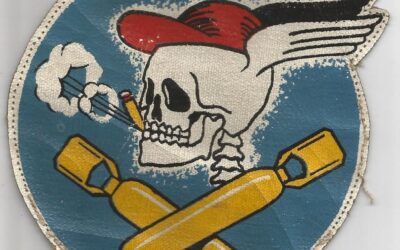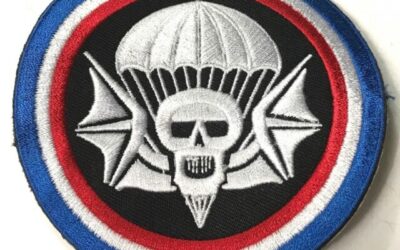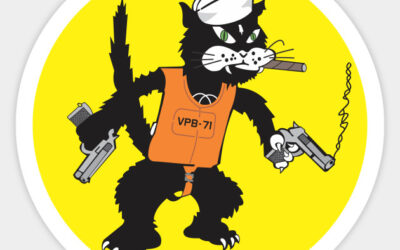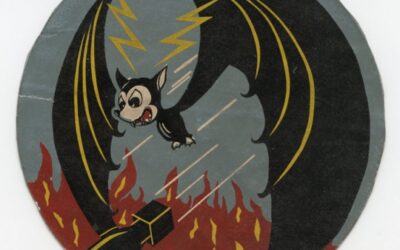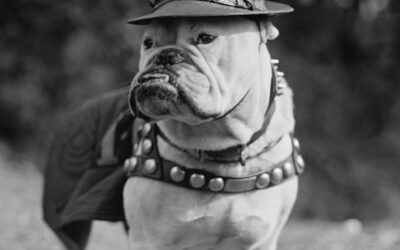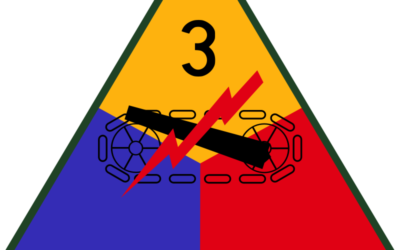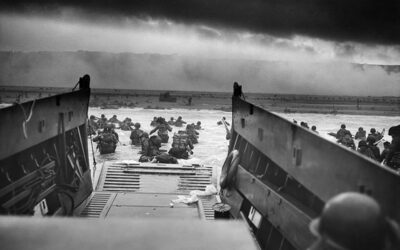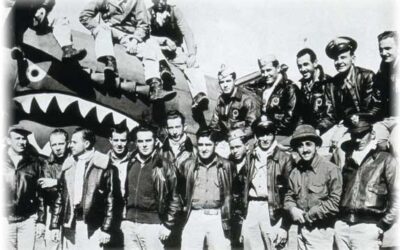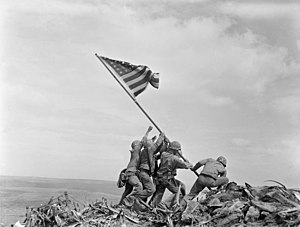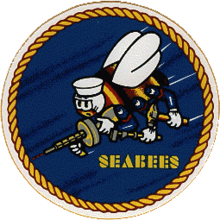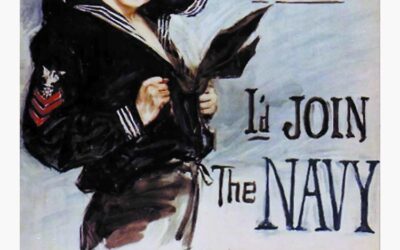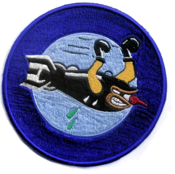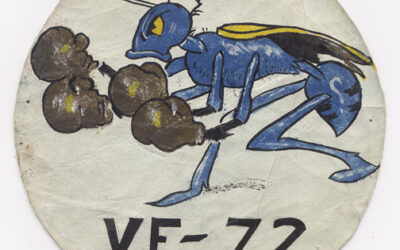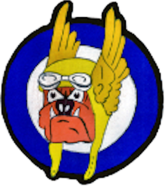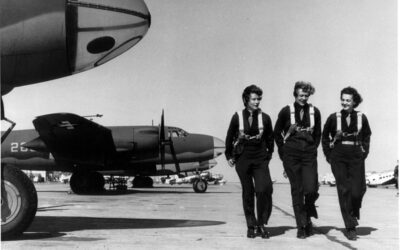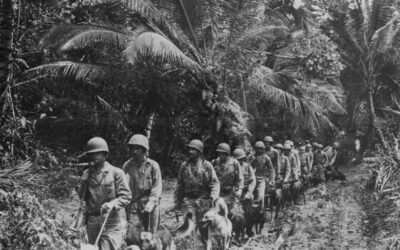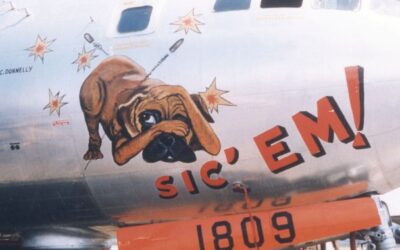Blog
Cadet Nurse Corps
United States (U.S.) Cadet Nurse Corps (CNC) was authorized by the U.S. Congress and signed into law as a nondiscriminatory program in July 1943. Its purpose was to help alleviate the nursing shortage that existed during World War II. The United States Public Health...
PA Army National Guard
The Pennsylvania Army National Guard, abbreviated PAARNG, is part of the United States Army National Guard and is based in the U.S. Commonwealth of Pennsylvania. Together with the Pennsylvania Air National Guard, it is directed by the Pennsylvania Department of...
587th Bombardment Squadron
Activated as a B-26 Marauder medium bombardment squadron in mid-1943. Trained under Third Air Force and deployed to European Theater of Operations in March 1944. Initially being stationed in England and assigned to IX Bomber Command. Engaged in tactical bombardment of...
502nd Parachute Infantry Regiment
The 502nd Infantry Regiment (502nd IR), previously titled the 502nd Parachute Infantry Regiment (502nd PIR), is an airborne infantry regiment of the United States Army. The regiment was established shortly after the American entry into World War II, and was assigned...
VPB-71
VP-33 was a Patrol Squadron of the U.S. Navy. The squadron was established as Patrol Squadron 12-F (VP-12F) on 1 November 1935, redesignated Patrol Squadron 12 (VP-12) on 1 October 1937, redesignated Patrol Squadron 51 (VP-51) on 1 July 1939, redesignated Patrol...
VPB-15
VPB-15 was a Patrol Bombing Squadron of the U.S. Navy. The squadron was established as Patrol Squadron 15 (VP-15) on 15 March 1943, redesignated Patrol Bombing Squadron 15 (VPB-15) on 1 October 1944 and disestablished on 23 November 1945.
Sgt. Maj. Jiggs
While the original source of the Devil Dog nickname is up for debate, most know the story from what the Germans called Marines in World War I, Teufel Hunden translated to Devil Dogs, used to describe the fierce fighting style of the Marines at Belleau Wood. It is a...
3rd Armored Division
The 3rd Armored Division ("Spearhead") was an armored division of the United States Army. Unofficially nicknamed the "Third Herd," the division was first activated in 1941, and was active in the European Theater of World War II. The division was stationed in West...
Medics of WWII
Medics in World War II were the front line of battlefield medicine. In the American army, a battalion of some 400 to 500 men typically would have about thirty medics or aidmen; although sometimes attrition made that number much smaller. Their job was not to conduct...
D-Day
The Normandy landings were the landing operations on Tuesday, 6 June 1944 of the Allied invasion of Normandy in Operation Overlord during World War II. Codenamed Operation Neptune and often referred to as D-Day, it was the largest seaborne invasion in history. The...
Flying Tigers Nose Art
The First American Volunteer Group (AVG) of the Chinese Air Force in 1941–1942, nicknamed the Flying Tigers, was composed of pilots from the United States Army Air Corps (USAAC), Navy (USN), and Marine Corps (USMC), recruited under President Franklin Roosevelt's...
Battle of Iwo Jima
The Battle of Iwo Jima (19 February – 26 March 1945) was a major battle in which the United States Marine Corps and Navy landed on and eventually captured the island of Iwo Jima from the Imperial Japanese Army (IJA) during World War II. The American invasion,...
Navy Seabees
United States Naval Construction Battalions, better known as the Navy Seabees, form the U.S. Naval Construction Force (NCF). Their nickname is a heterograph of the initials "C.B." from the words Construction Battalion. Depending upon how the word is used "Seabee" can...
WWI Propaganda
World War I was the first war in which mass media and propaganda played a significant role in keeping the people at home informed about what was occurring on the battlefields. This was also the first war in which the government systematically produced propaganda as a...
703rd Bombardment Squadron
The 703d Bombardment Squadron was activated 1 April 1943 at Gowen Field in Idaho, where initial organization took place while key personnel traveled to Orlando AAB, Florida for training with the Army Air Forces School of Applied Tactics. Both elements met at Wendover...
VF-72 Fighter Squadron
Fighting Squadron 72 or VF-72 was an aviation unit of the U.S. Navy, originally established as VF-7 on 1 July 1939, it was redesignated as VF-72 on 19 November 1940 and disestablished on 29 March 1943. VF-7 was originally equipped with Grumman F2F and Grumman...
355th Fighter Squadron
Activated on 15 November 1942 at Hamilton Field, California, initially equipped with P-39 Airacobras and assigned to IV Fighter Command for training. Moved to several bases in California and Nevada then to Portland Army Air Base, Oregon in June 1943 and re-equipped...
WASP
The Women Airforce Service Pilots (WASP) (also Women's Army Service Pilots or Women's Auxiliary Service Pilots) was a civilian women pilots' organization, whose members were United States federal civil service employees. Members of WASP became trained pilots who...
War Dogs
During WWII dogs were trained in all branches of the military for various purposes. The first of the Army’s canine members were trained for sentry duty. This was deemed the most pressing need since German and Japanese submarine activity off both coasts raised concerns...
B-29 Superfortress Nose Art
The Boeing B-29 Superfortress is a four-engine propeller-driven heavy bomber designed by Boeing and flown primarily by the United States during World War II and the Korean War. Named in allusion to its predecessor, the B-17 Flying Fortress, the Superfortress was...

